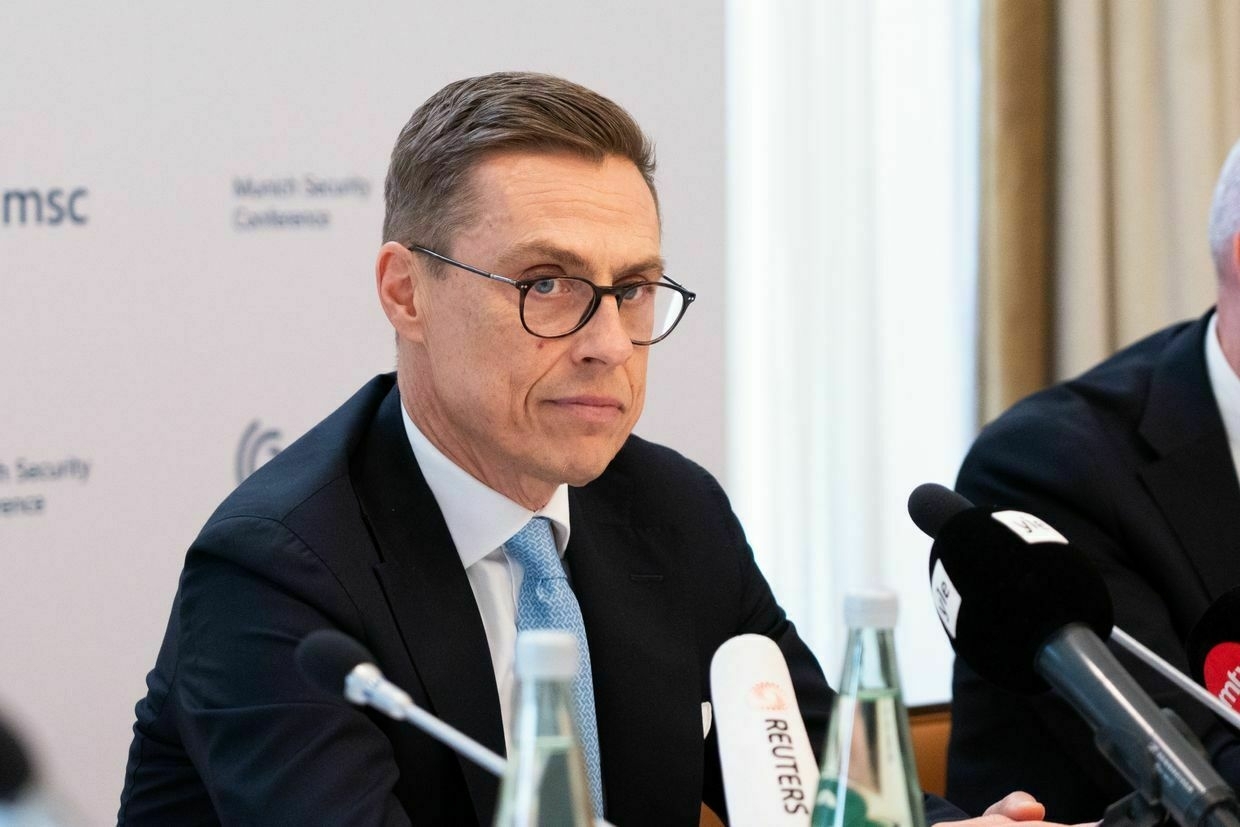
Ukraine has received 5,000 additional Starlink terminals from Poland to support critical infrastructure and maintain communications in front-line cities, Digital Transformation Minister Mykhailo Fedorov announced on April 3.
“Starlinks will help residents of the front-line territories to stay in touch: call relatives, call emergency services, read the news. Due to attacks and destruction of base stations in the de-occupied territories, regular communication is unavailable,” Fedorov wrote on Facebook.
Starlink, developed by SpaceX, is a satellite-based internet system that provides high-speed connectivity, particularly in remote and underserved areas.
According to Fedorov, Ukraine has received over 50,000 Starlink terminals since the start of Russia’s full-scale invasion in 2022 through cooperation between the Digital Transformation Ministry, international partners, and donors.
Poland has been the largest single supplier, providing around 29,500 terminals.
“We are grateful to the Deputy Prime Minister and Digitalization Minister of Poland Krzysztof Gawkowski and the Polish government for their contribution to Ukrainian sustainability,” Fedorov said.
Concerns over Ukraine’s continued access to Starlink have grown after Reuters reported in February that the U.S. threatened to cut the service unless Kyiv agreed to a critical minerals deal.
Tech billionaire and SpaceX CEO Elon Musk denied these claims, and on March 9, claimed that cutting Ukraine off from Starlink would cause the country’s entire front line to collapse.
The dispute escalated after a tense meeting between U.S. President Donald Trump and President Volodymyr Zelensky on Feb. 28, which led to a temporary halt in U.S. military aid and intelligence sharing as Washington sought to push Kyiv toward peace talks with Moscow.
Amid growing uncertainty, Ukrainian officials have been exploring alternatives to Starlink. French satellite operator Eutelsat Communications is in talks with the EU to potentially replace the U.S.-based system in Ukraine.
 The Kyiv IndependentTim Zadorozhnyy
The Kyiv IndependentTim Zadorozhnyy
